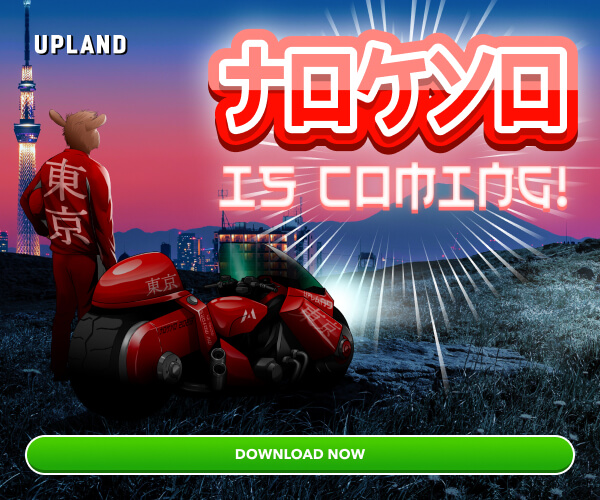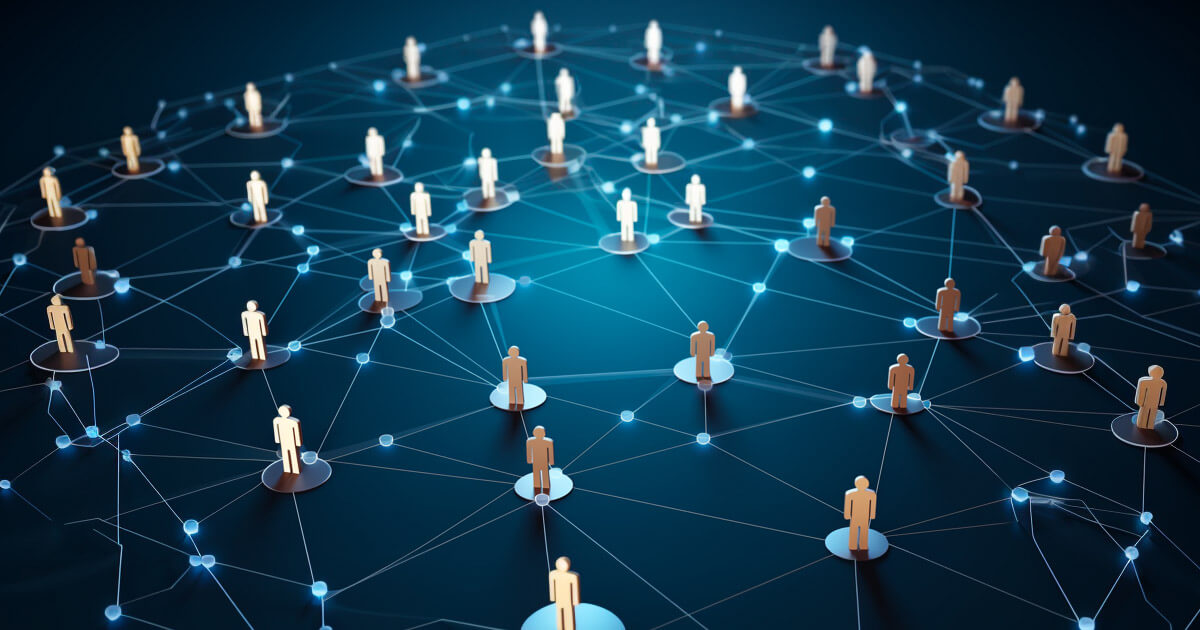
Over the past few years, blockchain technology has paved the way for a new governance model known as the decentralized autonomous organization, or DAO. Built with the philosophy of doing away with a centralized hierarchy that fully controls all decision-making within a given company, DAOs flip the traditional corporate structure on its head, giving shareholders the power to vote on proposals for the organization’s future.
Unfortunately, this hasn’t played out too well in practice. Early attempts have been fraught with issues, many of which boil down to the fact that these systems aren’t quite as decentralized as they seem. Fortunately, DAOs can be built in a way that delivers on the promises of their predecessors, and it’s time to see this shift in action.
An Honest Look At The First Generation Of DAOs
DAOs seem like an idea whose time has come. At first glance, the notion of an organization that grants voting power to every member seems highly equitable. It is also in line with the general sentiment behind the creation of blockchain technology. However, just because these organizations are designed to be decentralized doesn’t mean that’s how they operate in the field. In fact, the term DAO is often thrown around loosely, with the reality of a given organization being much less decentralized than they advertise.
In many cases, a relatively small number of governance token holders actually control a significant portion of the voting power. This can happen either because they have deep pockets or, in the case of an exchange because they control a massive amount of user funds. There are also times when the DAO community only has superficial control over lesser aspects of a project, making the entire practice more or less an empty gesture.
Even worse, sometimes centralized development teams make decisions regardless of the voting outcomes from the community because the DAO has no tangible means of enforcing their will. When users start to see their voice eroded by issues like these, it can lead to “voter apathy,” which lowers participation, further exacerbating the problem of centralization.
The bottom line is that architecture that is promoted as decentralized is, in some cases, anything but — effectively removing the main benefits that DAOs can bring. There are, however, ways to address these issues.
What DAOs Need To Become
A shift to purely decentralized DAO management is one of the first changes every DAO should implement. This means no core group of developers who have the majority of minted tokens or unchecked power to go against the community’s will. Any contributor should be allowed to submit and vote on upgrade proposals. These suggestions should be forwarded to the community as a whole, independent of any other entities, allowing all participants to have a voice. Additionally, infrastructure needs to be built to enforce these decisions once they are made — removing the power of the developers to go over the community’s head.
Of course, delegating roles and tasks will still be essential, but the DAO community can also decide this. Work can be posted publicly, and anyone can offer to take up the task. Ultimately, other members can vote on which candidate is best suited, divvying up work in a meritocratic way.
Another critical element of a functional DAO framework is transparency. This isn’t to say that how individuals vote should be fully public, but there needs to be clear access to voting results and verifiable steps to implement those decisions. There also need to be clear communication channels that allow all members, developers, and other stakeholders to access the latest news and information concerning the project, as well as all rules that define the DAO itself. Having this level of transparency built in from the ground up will be essential for building trust and loyalty among members, making it very difficult for any actors on the network to abuse power.
Ongoing Evolution
To truly make community-controlled governance effective, there needs to be an ongoing conversation on the evaluation of DAO performance and ongoing enhancements. These structures should never be truly “finished,” as extenuating circumstances in the future may always prompt the need for evolution and change. New risks may emerge, or economic conditions may develop unforeseen. However, this is precisely what makes true decentralized governance so powerful. When the community is informed and has a voice, it can respond organically to new challenges and needs.
The DAO model can bring this technology to a global audience. Any business or project could be run in such a fashion, and it would finally break these systems away from the hierarchical approach that has led to failures and corruption. Giving true democratic power to an entire community and promoting transparent practices is the future of DAOs, and it’s time for these organizations to make the shift.
Credit: Source link






























